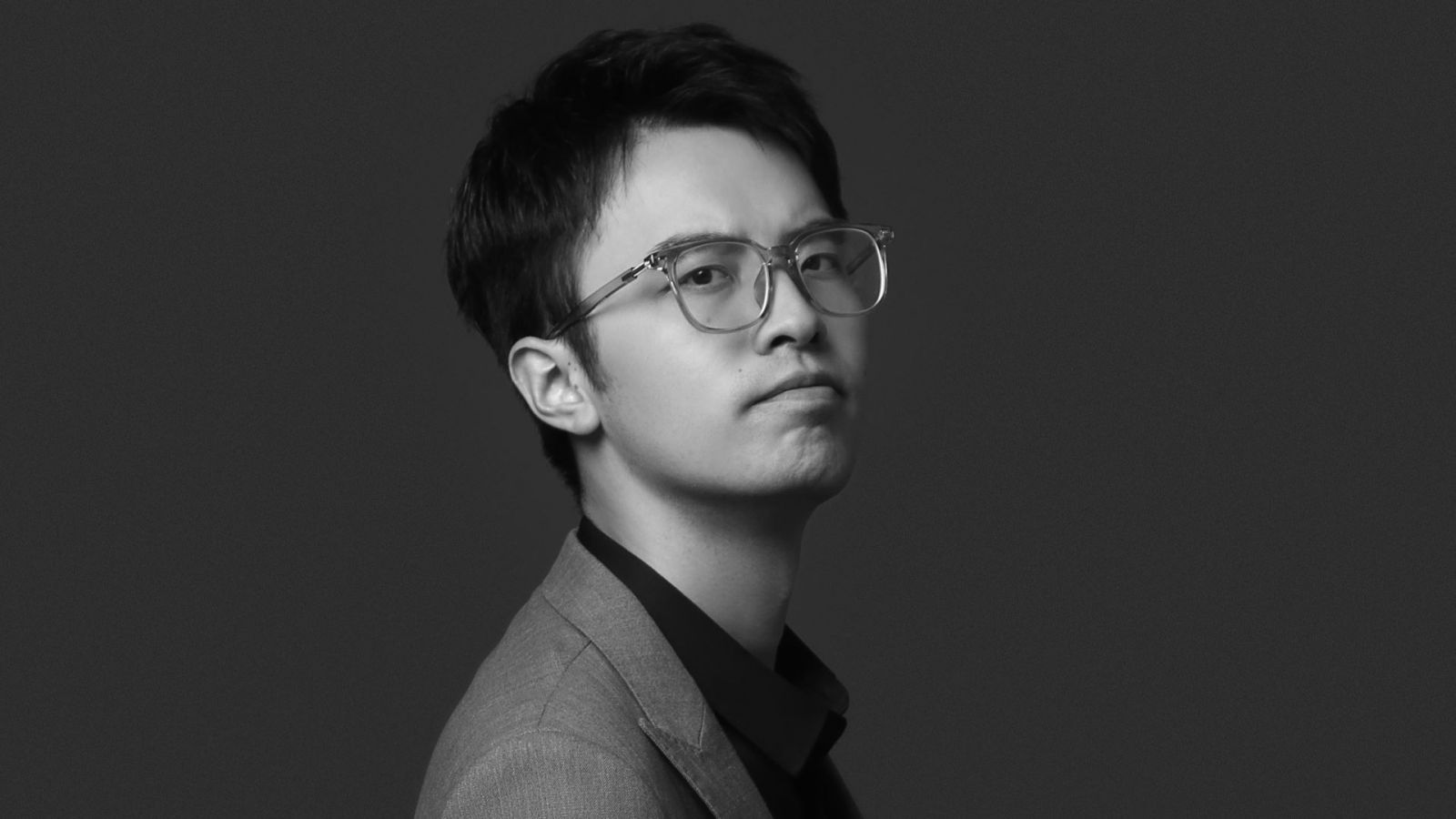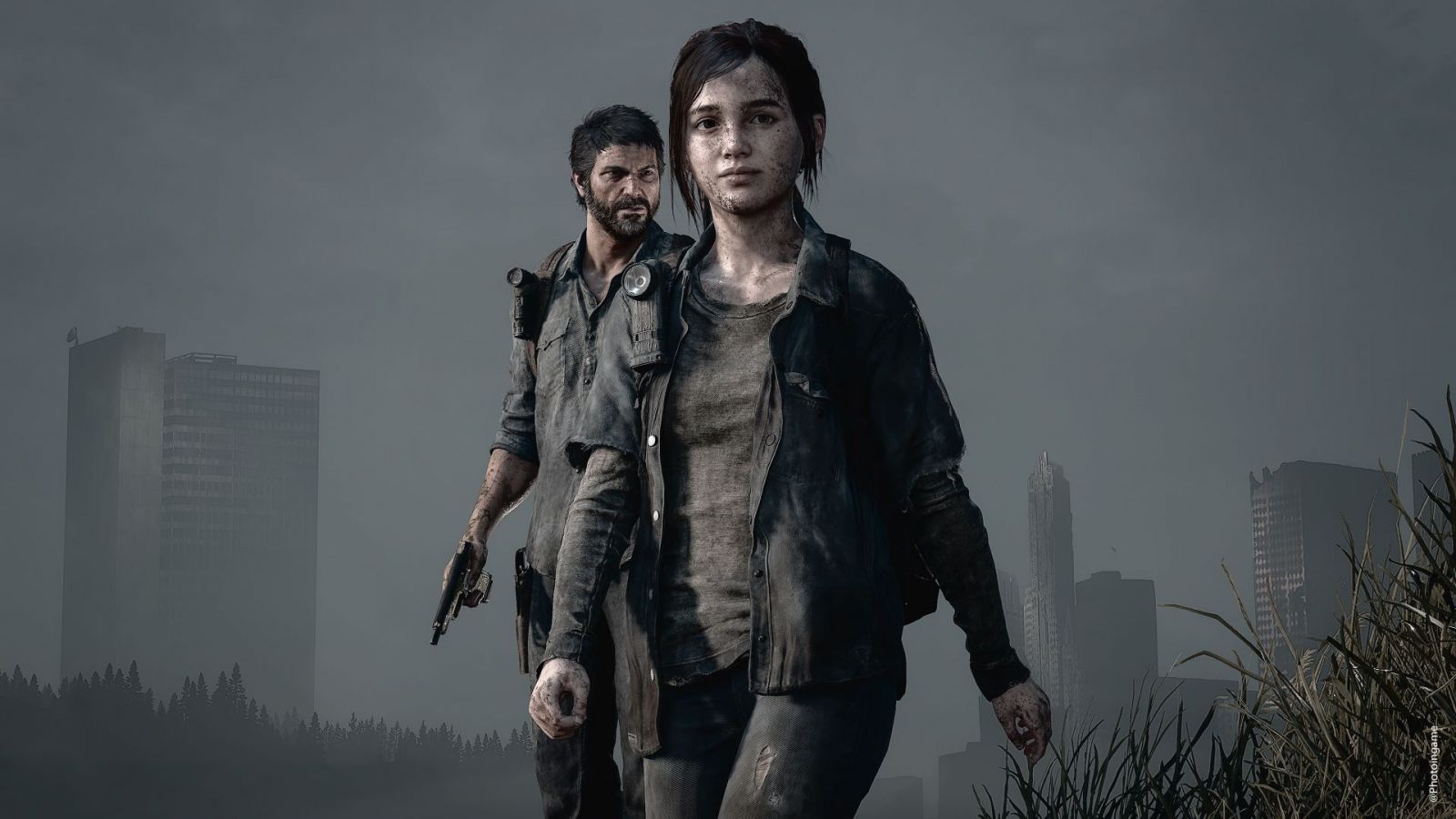
Xingyu Lei is a 2020 Computer Graphics Technology (CGT) department graduate, who now works in video game development for Sony’s PlayStation division as a senior technical artist.
Game development has both technical and artistic elements, and Lei sits between them, bridging the engineers and the artists. He is responsible for improving efficiency and communication between teams, solving problems and moving production forward on both sides.
Lei came to Purdue to shift his focus toward computer graphics, specifically to build technical skills for game development. An undergraduate degree in computer science set Lei on the path to the gaming industry, but only a couple of courses from the program related to computer graphics. He wanted to dive deeper, and his graduate studies and work as a research assistant at Purdue gave him the opportunity to build specialized skills for the industry.
While contributing to a CGT professor’s research project, Lei helped design a procedural animation system integrated with a machine learning-based emotion recognition module in Unity, a publicly available game engine. He also helped create automation tools for character rigging in games and worked on mocap—or motion capture—retargeting. Retargeting takes a set of motions from one character and transfers them to another.
Lei’s thesis on animation and interpolation was also related to his research assistantship work, which he says was helpful in giving him a focused set of skills for the workforce.
Getting into game development
The Bureau of Labor Statistics reports a faster-than-average job market for special effects artists and animators over the next ten years, with an expected 8% growth in jobs.
Here is Lei’s advice, given from the perspective of an industry professional, for aspiring artists and programmers:
1. Complete a relevant degree. This can give an advantage in a competitive job market. The gaming industry currently has a very high bar for entry on the technical side regarding the necessary skills and education, which means fewer total applications, while the market for game artists tends to be more competitive.
“There’s less competition on the technical side, and you’re more likely to enter the industry with a degree. Purdue provides courses to excel in the technical side of game development.”
2. Explore the lifecycle of game development and decide where you’d like to land. Knowing where to fit in can help tailor your education to reaching an end-goal.
“Understand the whole picture, then pursue your specific path. Based on your own talent, choose the tech or the arts side.”
3. It’s important to find your focus as early as possible in your academic program, Lei advised.
“I see people shifting focus a lot, who haven’t found what they really want to do after graduation. They might start with modeling and then move on to trying other rigging animation tasks,” Lei said.
“Your first year is very important for narrowing down your specific area of skill. That way you can polish your abilities in the second year, build a portfolio, and work on a thesis or research project relevant to your area of focus. Companies really like you to focus on something specific and don’t tend to hire generalists.”
4. Take advantage of access to your professors and seek opportunities to participate in research so you can gain the most from your program and its faculty.
“The closer you get with a professor, the more it’ll help you explore what you like—more than just finishing a course and earning credits.”
Lei says he’s also seen people with both technical and artistic skills find their way more easily into team leadership positions in the gaming industry, because they understand the needs and challenges of both sides.

Creating an immersive storytelling experience
Lei is currently working on a few side projects for independent games and learning new skills, which he shares on his website. While he loves seeing games come to life as a technical artist, his dream is to someday direct a project and make creative decisions for a game based on his own vision.
“I love to feel like I’m contributing to this process and solving problems to achieve an artistic result. I get to work in this environment and see different parts moving. I deal with creative, so I also see new things every few days. This is why my job never feels boring.”
Lei has worked on narrative-driven game franchises like “The Last of Us” (Naughty Dog) and is currently working on an unannounced AAA title developed using Unreal Engine 5. “The Last of Us” was recently adapted into an HBO TV series in 2023. Prior experiences during Lei’s Purdue tenure involved interning as a character effects artist at Blur Studio, where he had the opportunity to work on products such as the reboot of “Call of Duty: Modern Warfare” and the Netflix series “Love Death + Robots.”
“I have to thank my parents, my professor Nicoletta Adamo who was instrumental during my graduate study, my close friends, Junzhe and Xiao, and my mentors at Blur Studio, Eric and Jeremie, and at PlayStation, Cerina, Abe, and Mila.”
Adamo and Lei, along with other collaborators, worked on two research projects related to virtual teaching methods during Lei’s time as a graduate student:
- “Do learners recognize and relate to the emotions displayed by virtual instructors?”
- “Recognizing the emotional state of human and virtual instructors”
In the future, Lei hopes to work on more projects where he can use game mechanisms to immerse players in the story. He also aspires to become a mentor and instructor others who are learning his trade.
Additional information
